For over four decades, KRAS symbolized the “undruggable.” By the mid-2020s, it became the flagship of precision oncology. This final chapter summarizes that evolution—from structural biology to AI-driven therapeutics—and looks ahead to how KRAS will guide medicine in the coming decade.
1. From Inhibition to Reconstruction
The first era of KRAS therapy was about blocking; the next will be about rebuilding. RAS signaling is not merely oncogenic—it is integral to regeneration, aging, and metabolism. Future medicine will not only suppress tumor dependency but also redefine and restore physiological RAS function for regenerative purposes.
Selective “reactivation” of dormant RAS in aged or damaged tissues is already being explored for neuronal and muscular repair. Thus, oncology and regenerative science are converging through the RAS axis.
2. Rethinking Tumors — RAS as an Over-Activated Ally
Cancer can be seen as an over-driven repair system. RAS hyperactivation represents a runaway form of self-healing. Hence, RAS is not the enemy—it is an overzealous ally. True therapy means restoring equilibrium (Rebalance), not destruction.
This mindset also applies to metabolic and aging biology. Rebalancing RAS activity may simultaneously suppress malignancy and enhance tissue renewal.
3. The Duality of RAS — Cancer and Aging
RAS drives proliferation but also triggers senescence when overstimulated. This paradox is evolution’s way of balancing short-term survival with long-term maintenance. In this light, RAS modulation becomes a lever for lifespan regulation. Drugs born for cancer therapy may evolve into healthspan-extending interventions.
4. AI, Quantum, and Omics — The Rise of Personalized RAS Medicine
RAS research is shifting from molecules to systems:
- AI models map real-time interplay between genes, metabolism, and immunity, producing personalized RAS “blueprints.”
- Quantum computing simulates RAS conformational dynamics and hydration networks at atomic resolution.
- Omics integration links cancer, aging, and regeneration through shared RAS signatures.
Together, these fields will transform RAS biology from static genetics to dynamic life-system engineering.
5. Rebuilding Industry — Toward an Integrated Medical Economy
The KRAS race is catalyzing a new integrated health-tech economy. AI design, degraders, immunotherapy, and regenerative medicine are fusing into a multi-sector ecosystem. Institutions and nations that adapt early will lead the next medical paradigm.
6. Author’s Perspective — The Science of Harmony
The story of KRAS mirrors humanity’s pursuit to understand uncontrollable life forces. The ultimate lesson is not to fight life’s chaos, but to tune it. Cancer, aging, and regeneration are not separate battles—they are movements in the same biological symphony.
In the next decade, medicine will evolve from Control to Harmony. KRAS will remain its silent conductor.
This article was produced by the Morningglorysciences Editorial Team.
Related articles
世界最先端の治療薬を創る〜製薬会…
KRAS Special Series Part 7: The Biotech Frontline — How RAS Drug Discovery Is Being Redefined – Crea…
The race to drug KRAS is reshaping not only science but the entire biotech ecosystem. Once deemed “undruggable,” KRAS became a proving ground for startups,
世界最先端の治療薬を創る〜製薬会…
KRAS Special Series Part 6: Beyond Resistance — Wild-Type and Mutant RAS Co-Inhibition and the Dawn …
The rise of KRAS inhibitors marked the end of the “undruggable” era—but tumors adapt swiftly. Resistance often stems from a cooperative reactivation between
世界最先端の治療薬を創る〜製薬会…
KRAS Special Series Part 5: The New Wave of KRAS Drug Discovery — Degraders, RAS(ON) Inhibitors, and…
KRAS has evolved from the icon of “undruggable” to the engine of next-generation oncology. Building on the success of allele-selective inhibitors (e.g.,
世界最先端の治療薬を創る〜製薬会…
KRAS Special Series Part 4: Immunity, Aging, and Regeneration — The Future of Life Regulation Throug…
KRAS research has now transcended oncology. Recent studies reveal that KRAS signaling interconnects with immunity, cellular aging, and even regenerative
世界最先端の治療薬を創る〜製薬会…
KRAS Special Series Part 3: The Silent Ally — How Wild-Type KRAS Builds Resistance Networks – Create…
As KRAS-targeted therapy enters a new era, one unexpected player has captured the spotlight: Wild-type KRAS (WT-KRAS). While mutant KRAS has long been seen as
世界最先端の治療薬を創る〜製薬会…
KRAS Special Series Part 2: What Each Allele Tells Us — Biological and Clinical Diversity of G12D, G…
In Part 1, we traced the long struggle to target KRAS and the breakthrough that made the “undruggable” druggable. Now we turn to a crucial question: how do
世界最先端の治療薬を創る〜製薬会…
KRAS Special Series Part 1: The Rise, Fall, and Rebirth of the “Undruggable” Target – Create the Mos…
Few oncogenes have shaped the landscape of cancer research as profoundly as KRAS. Since the first RAS mutation was identified in human bladder cancer cells in
世界最先端の治療薬を創る〜製薬会…
Part 2|Inside AMPLIFY-201 Final Analysis: What the KRAS Vaccine Is Actually Moving – Create the Mos…
Broader G12/G13 coverage (KRAS/NRAS) increases eligible population and the probability of area control.
世界最先端の治療薬を創る〜製薬会…
[2025 Oct] KRAS Cancer Vaccine Competitive Map|Elicio, SLATE-KRAS & Academic SLP Compared (Adjuvant…
Takeaway: the field is coalescing around shared neoantigens × off-the-shelf × adjuvant MRD. Elicio (ELI-002 7P) leads the pack; academic SLP + poly-ICLC
世界最先端の治療薬を創る〜製薬会…
Frontiers of Cancer Vaccines for KRAS-mutant Pancreatic Cancer — Beyond Immunotherapy Resistance① – …
Pancreatic ductal adenocarcinoma (PDAC) is among the most treatment-refractory cancers, with approximately 93% of cases harboring mutations in the KRAS gene.
世界最先端の治療薬を創る〜製薬会…
Frontiers of Cancer Vaccines for KRAS-mutant Pancreatic Cancer — Beyond Immunotherapy Resistance② – …
In 2023, a landmark clinical trial published in Nature reported the feasibility of personalized RNA neoantigen vaccines (autogene cevumeran) in resected PDAC
世界最先端の治療薬を創る〜製薬会…
Frontiers of Cancer Vaccines for KRAS-mutant Pancreatic Cancer — Beyond Immunotherapy Resistance③ – …
CAR-T cell therapy has revolutionized hematologic malignancies, yet its efficacy in solid tumors such as PDAC remains limited. The major barriers include (1)
世界最先端の治療薬を創る〜製薬会…
Frontiers of Cancer Vaccines for KRAS-mutant Pancreatic Cancer — Comprehensive Summary and Future Ou…
Pancreatic ductal adenocarcinoma (PDAC) remains one of the deadliest malignancies worldwide, with a dismal 5-year survival rate of only around 10%.
世界最先端の治療薬を創る〜製薬会…
A New Challenge in Pancreatic Cancer Therapy ― The Promise of “Two Shots on Goal” – Create the Most …
Pancreatic ductal adenocarcinoma (PDAC) remains one of the most lethal malignancies, with a dismal 5-year survival rate of about 10%. Three major challenges









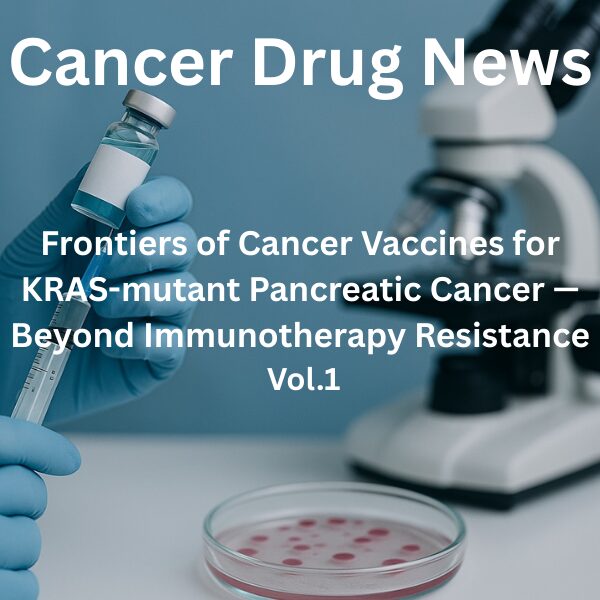
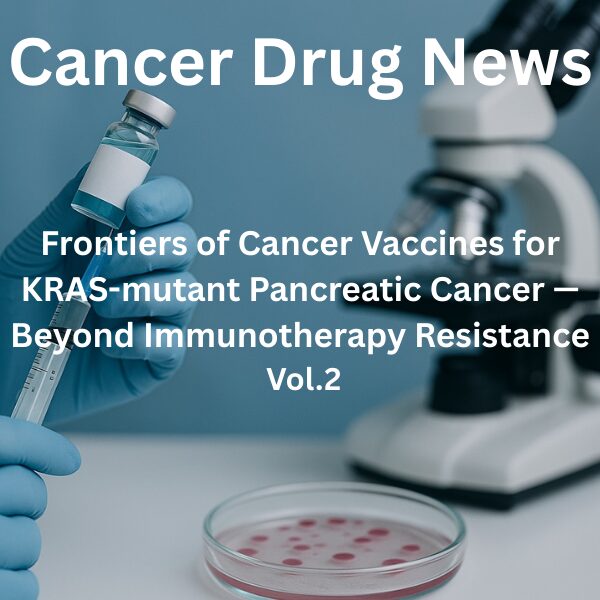
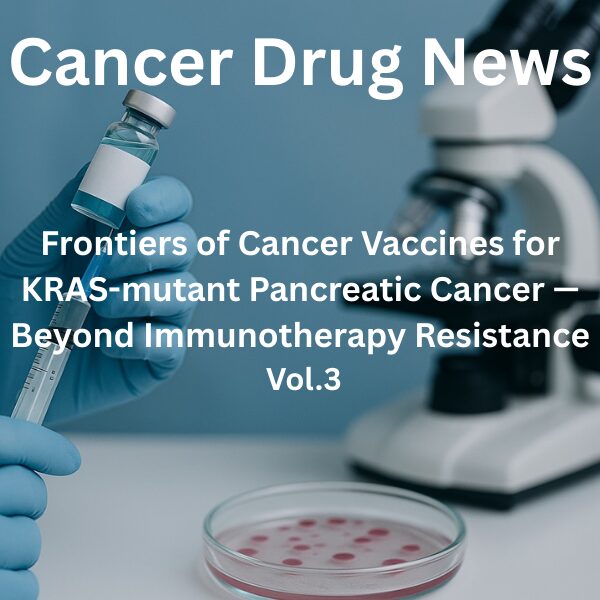
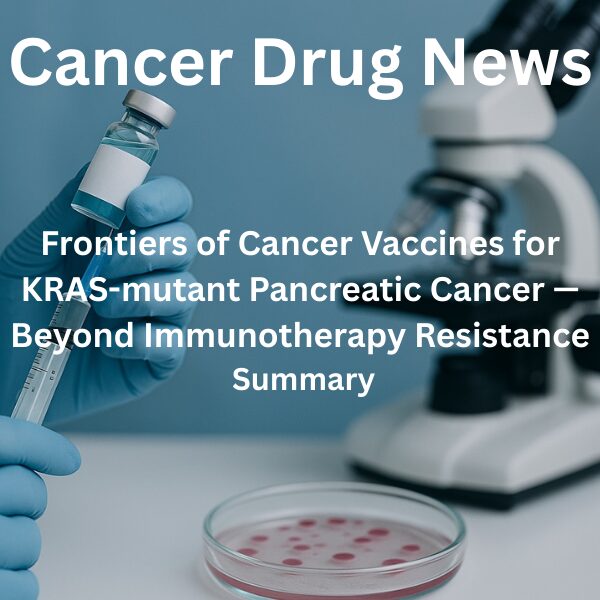
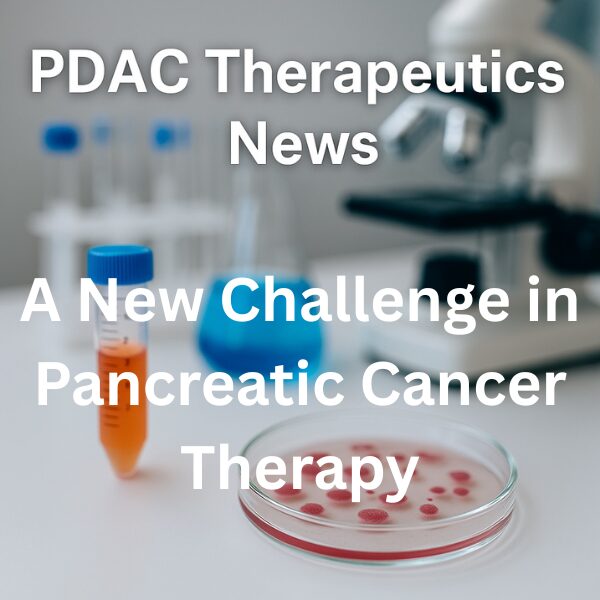

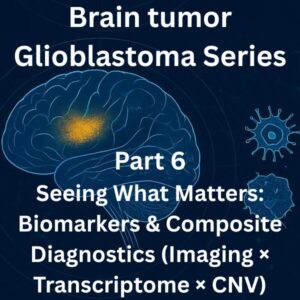
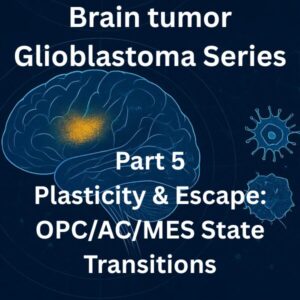
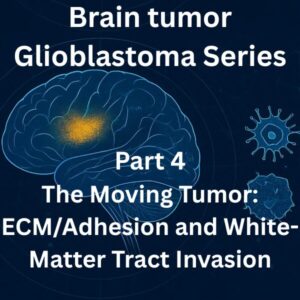
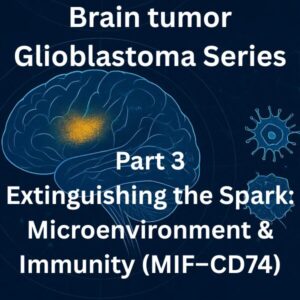
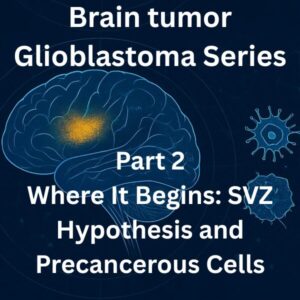
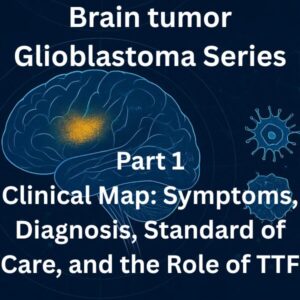
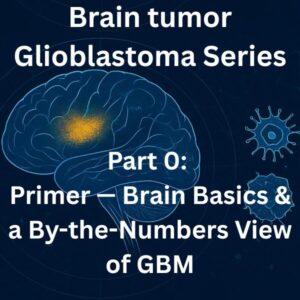
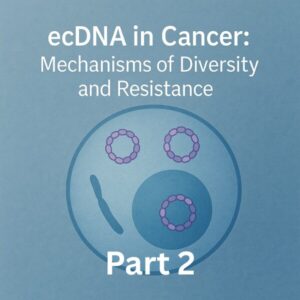
Comments